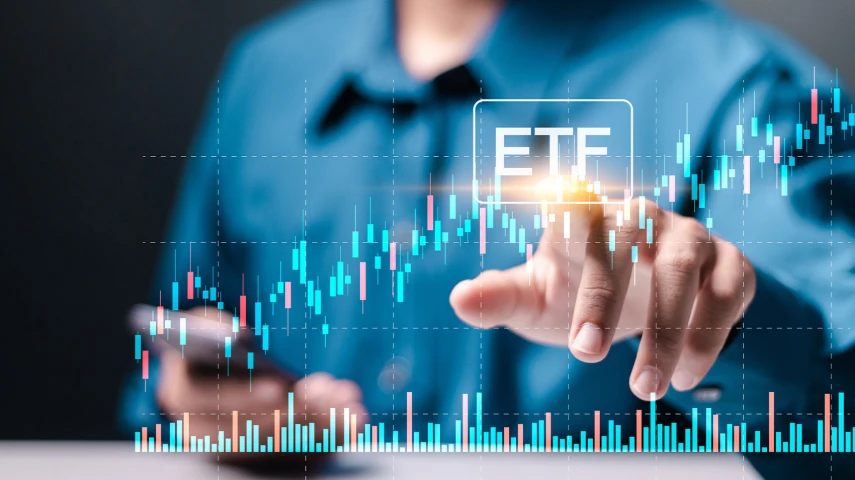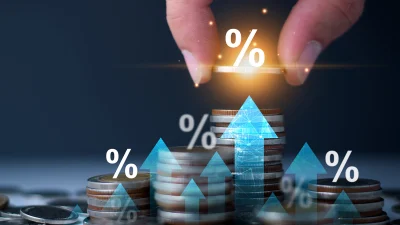Spike in Aussie ETF demand boosts global growth



State Street has shared its six predictions for the future of ETF growth over the next year and beyond.
In its ETF Impact Report 2024–25, the ETF provider identified six “growth catalysts” that it predicts will shape the ETF market over the next year.
Overall global ETF growth is expected to stand at US$43 trillion ($64 trillion) by 2034, the report said, from US$11 trillion currently.
The growth catalysts are:
- Managed fund conversions will ramp up.
- Active ETFs will grab a bigger slice of the pie.
- Non-US markets will make considerable noise.
- Younger investors will continue increasing their ETF allocations.
- Model portfolio growth will spur ETFs.
- Sizeable inflows beyond stocks and bonds.
One particular trend flagged was the rise of non-US markets, with 77 per cent of respondents expecting to see assets in APAC predicted to reach US$2.5 trillion by June 2028, thanks to increasing retail interest and integration into model portfolios.
In Australia specifically, three-quarters of respondents said using ETFs improved the overall performance of their portfolios, and 70 per cent said the strategy made them a better investor.
State Street said Australian investor interest has doubled since Q4 2022, from 36 per cent to 72 per cent.
Just over half (58 per cent) of Australian respondents said they are now “frequent” users of ETFs – the largest proportion out of eight countries surveyed – and 16 per cent said they use them “extensively”. Only 4 per cent of those surveyed said they do not use them or only use them rarely.
This was particularly the case for the Millennial demographic, where 65 per cent of Millennials used ETFs compared to 58 per cent in the US and 53 per cent in Japan. This was followed by 44 per cent of Australian Gen X and 31 per cent of Boomers.
“As younger generations progress professionally and accumulate or inherit wealth, we anticipate their preference for ETFs will propel growth, specifically for products that cater to the values and investment goals of younger investors, such as alternatives, thematic, and sustainability ETFs,” the report noted.
Matthew Bartolini, head of SPDR Americas Research, said: “Asia-Pacific is likely to be the region with the actual highest growth rate. Major catalysts include demographic trends, regulatory changes (notably in mainland China), increased focus on wealth accumulation, and the existing size of an unaddressed asset base.
“Asia-Pacific (ex-Japan) had a record US$170 billion of inflows in 2023, a 35 per cent jump from 2022. And new highs occurred in Australia, mainland China, South Korea, and Taiwan.”
Recommended for you
At least three global asset managers are expected to enter the Australian ETF market this year, according to State Street.
Perpetual has promoted an executive to the role of chief transformation officer as it enacts plans to sell its wealth management division.
As the number of high-net-worth individuals in Australia passes 42,000, Knight Frank has delved into the luxury goods they are purchasing and whether they are outpacing financial markets.
Advisers are showing “renewed appetite” for fixed income ETFs, fuelling competition among global ETF providers who are launching products in the space.















